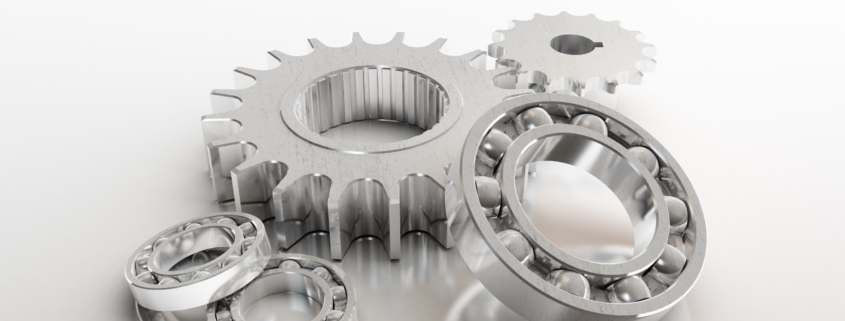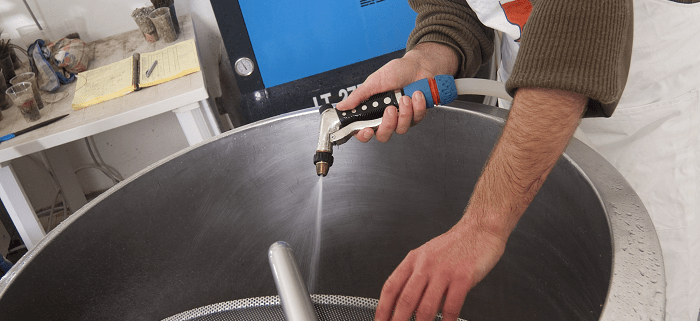Industrial Cleaning Agents: What is a Vapor Pressure Solvent?
Industrial cleaning solvents are applied in different forms. Some are wiped on as liquid, others are sprayed from an aerosol container, and still others are heated until they vaporize, with the vapor serving as a cleaning agent for removing soils from a variety of parts. This last type of solvent is commonly referred to as a vapor pressure solvent for two reasons: It is used in the form of vapor, and the vapor is pressurized to provide the desired cleaning action.
Using a Vapor Cleaning Machine
Investing in vapor pressure solvent before vapor cleaning equipment is in place is putting the cart before the horse. The reason why is simple: On its own, a vapor pressure solvent doesn’t vaporize quickly enough or have enough vapor pressure to deliver maximum cleaning power. Essentially, the machine is needed to release the cleaning action of the solvent in the proper fashion. At its simplest, the vapor cleaning process involves the following essential steps.
- Soiled parts are placed on a rack in the machine.
- Solvent is placed in a special basin.
- The basin is heated to vaporize the solvent.
- The vapor is pressurized to clean parts.
- The vapor condenses into liquid and can be reused.
- Clean parts are removed from the machine.
Many companies and organizations prefer vapor cleaning over other methods of removing soils from precision parts. In most cases, there at least three reasons why: The machine carries a small electrical load, making it energy efficient; solvent can be collected and reused, making vapor degreasing economical in terms of solvent cost; and equal amounts of vapor and pressure are applied to each part to create a thorough, uniform cleaning process.
There are also several additional benefits associated with using vapor pressure solvent, particularly: reduced solvent waste disposal cost, minimal chemical exposure due to the vapor cleaning machine’s airtight seal while cleaning is performed, ability to automate the vapor cleaning process to improve productivity, ability to clean parts that have complex configurations, and the ease of operating and maintaining vapor cleaning equipment.
Should You Use Vapor Cleaning?
At the outset, implementing an industrial grade parts cleaning system that relies on vapor cleaning solvent can require a considerable amount of time and money. The workflow of the parts cleaning system must be established to ensure that parts are cleaned and ready to use on schedule; and, of course, the vapor cleaning machine must be purchased and installed.
However, for companies and organizations that clean a high volume of parts, implementing a vapor cleaning system can deliver an excellent return on investment (ROI) due to the financial benefits listed above. If you need help determining whether vapor cleaning is a good solution for your parts cleaning requirements, the solvent specialists at Ecolink are here to help.
In addition to helping you decide whether vapor cleaning would be a profitable operation for your company or organization, we can also supply environmentally preferred vapor pressure solvent in the form of a stock cleaner or a custom formulated cleaner that’s tailored to your needs. For more information, please call us today at (800) 563-1305, or refer to the contact page on our website. We look forward to supporting your industrial cleaning needs!




